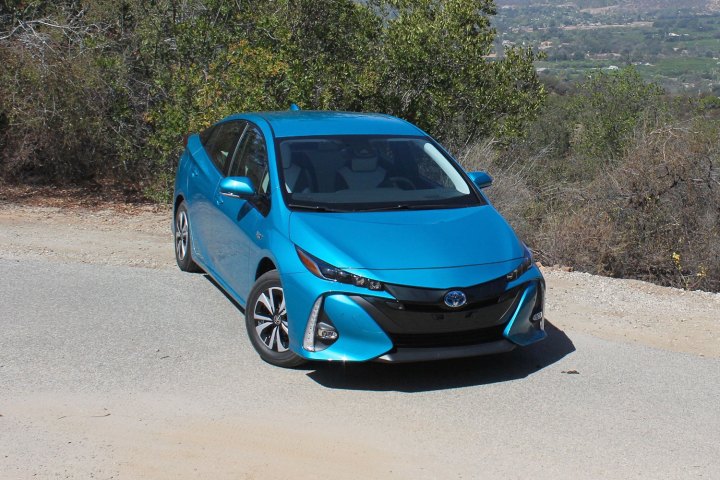
Toyota North American CEO Jim Lentz says, “Our ultimate goal is to build a car that cannot create an accident.” When cars are fully autonomous, the 90-plus percent of accidents currently caused by human error will be prevented. But driverless cars will not be here soon, at least not before 2025 or later in Lentz’s view.
While we are waiting for autonomous vehicles, car companies are developing an array of driver-assistance technologies. Some assistance features act on their own to keep us out of trouble. For example, a collision-prevention automatic braking system can react quicker than a human driver and may not sound or display alerts for us to slam on the brakes.
Other detection systems rely on warnings. According to Lentz, the teammate car concept is about warnings. “Imagine you and I are driving in a car, and I sense that you’re going to make a mistake,” says Lentz. “I say, ‘Hey, there’s a car over there, maybe you ought to stop.’ It’ll evolve into that first.”
In-car warnings will take some getting used to. We have seen stories about Tesla crashes where drivers ignored repeated visual and audible warnings. Dashboard lights and bells are the simplest warnings, but can often be easy to ignore. As in-car voice control systems develop, it may be more effective if your car speaks to you about a problem, even if that’s disconcerting at first, especially if it addresses you by name.
By the 2018 model year, almost all Toyotas will include the manufacturer’s Safety Sense technology suite as standard equipment. The most advanced current version of Safety Sense, TSS-P, includes: pre-collision system with [edestrian detection, brake assist, lane departure aAlert, steering assist, dynamic radar cruise control, and automatic high beams.
The pre-collision and lane departure systems notify you with audio and visual alerts, acting like Lentz’s helpful teammate. In each of those cases, if the driver does not take action, the systems can take over, stopping the car or correcting the steering.



